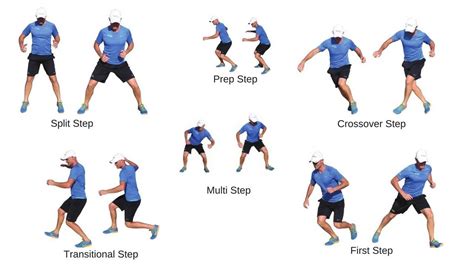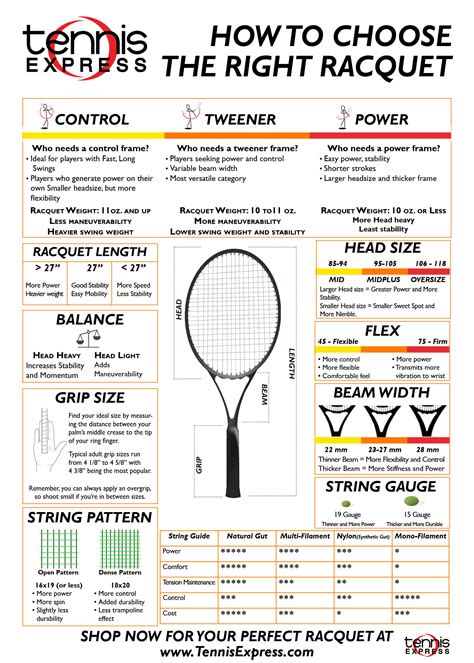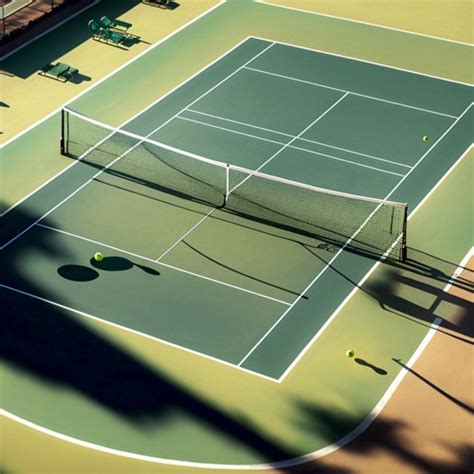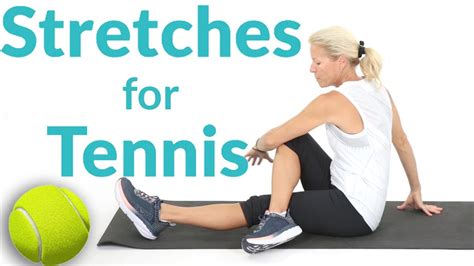Enhance your footwork skills with essential drills, agility exercises, and balance techniques. Learn how to assess progress effectively.Are you ready to elevate your tennis game? Footwork is a critical component that can significantly impact your performance on the court. Whether you’re a beginner eager to enhance your skills or an experienced player looking to refine your technique, improving your footwork can lead to quicker reactions, better positioning, and ultimately, more victories. This guide will delve into effective strategies for assessing your current footwork skills, essential drills to develop agility, and tips for maintaining balance while moving. We’ll also discuss how to track your progress to ensure continuous improvement. Prepare to transform your game and dominate the court with our expert insights and practical advice!
How To Assess Your Current Footwork Skills
Assessing your footwork skills is essential for recognizing areas that need improvement. Here are some effective methods to evaluate your footwork:
1. Video Analysis: Record yourself during practice matches or drills. Review the footage to identify your movement patterns, speed, and positioning. Look for any consistent issues, such as hesitance or poor foot placement.
2. Self-Reflection: After each practice session, take a moment to reflect on how your footwork felt. Ask yourself questions like:
- Did I get to the ball quickly?
- Was I balanced when making shots?
- Did I slide or shuffle to my position effectively?
3. Coaching Feedback: Seek feedback from a coach or experienced player. They can provide insights and observations about your footwork from an external perspective.
4. Performance Metrics: If possible, use performance metrics from your training sessions. Track your response time and the number of steps taken to reach the ball, and compare these statistics over time.
| Evaluation Method | Pros | Cons |
|---|---|---|
| Video Analysis | Visual feedback and detailed analysis | Time-consuming to review |
| Self-Reflection | Immediate and personal insights | May overlook critical errors |
| Coaching Feedback | Expert analysis and suggestions | Dependent on coach’s availability |
| Performance Metrics | Quantitative data for tracking progress | Requires specific tools or resources |
Using these methods will help you gain a comprehensive understanding of your current footwork skills. By identifying strengths and areas for improvement, you can create a targeted practice plan to enhance your performance on the court.
Key Drills To Develop Your Footwork
Improving your footwork on the tennis court is essential for enhancing your overall game. Implementing a variety of drills can help you develop quickness, agility, and the ability to position yourself effectively. Here are some key drills to incorporate into your training routine:
- Side Shuffle Drill: Stand with your feet shoulder-width apart. Shuffle laterally to the right for a set distance, then return to the starting position. Repeat this for both sides, focusing on maintaining a low center of gravity and quick, short steps.
- Forward and Backward Sprints: Mark two points with cones, one a few meters in front and the other behind you. Sprint forward to the front cone and quickly transition to sprinting backward to the back cone. This drill enhances your ability to change direction swiftly while maintaining balance.
- Zigzag Drill: Place cones in a zigzag pattern. Start at the first cone, shuffle to the second, and then sprint diagonally to the third. This drill will improve your lateral movement and acceleration capabilities, which are vital for covering the court effectively.
- Heel-toe Drill: In a stationary position, lift your right knee while reaching out with your right heel. Place your right heel down on the ground and bring your left knee up. Alternate this motion in a rhythmic pattern to enhance coordination and foot agility.
- Shadow Tennis: Without hitting a ball, mimic the movements you would perform during a match. Practice your footwork as if you are reacting to incoming shots. This helps solidify muscle memory, making actual gameplay more instinctual.
Integrating these drills into your practice sessions will significantly boost your footwork skills on the tennis court. By focusing on how to execute these drills, you will find that your movements become quicker and more controlled, leading to improved performance during matches.
Incorporating Agility Exercises For Improvement
Improving your footwork on the tennis court requires incorporating agility exercises into your training routine. Agility is about changing direction quickly and efficiently, which is crucial for responding to an opponent’s shots. Here are some effective agility exercises to help you enhance your footwork:
- Side Shuffles: Stand with your feet shoulder-width apart and lower your body into a semi-squat position. Shuffle sideways for several steps, then return to your starting position. This exercise mimics lateral movement on the court.
- Jump Rope: Skipping rope improves foot speed and coordination. Focus on quick, light jumps to enhance your agility and keep your feet moving.
- Ladder Drills: Use an agility ladder on the court. Perform various drills like the in-and-out, side steps, and hopscotch patterns to improve your footwork and timing.
- Cone Drills: Set up cones in various patterns (like a zig-zag or square) and practice sprinting to each cone. Focus on making quick directional changes while maintaining balance.
- Box Jumps: This exercise helps develop explosive leg strength necessary for powerful movements on the court. Jump onto and off a sturdy platform or box.
By consistently incorporating these agility exercises into your training, you’ll notice improvements in your foot speed, coordination, and overall footwork on the tennis court. Remember, agility training is not only about quickness but also about improving your muscle response and flexibility, which are essential for optimal performance.
How To Maintain Balance While Moving
Maintaining balance on the tennis court is crucial for executing accurate shots and quick movements. Here are some essential techniques on how to enhance your balance while in motion:
- Posture Awareness: Keep a slight bend in your knees and maintain a low center of gravity. This stance provides a solid foundation for movement and helps you stay agile.
- Foot Placement: Be mindful of your foot positioning as you move. Ensure your feet remain shoulder-width apart to give yourself better stability when transitioning from one shot to another.
- Core Engagement: Strengthening your core is vital for maintaining balance. Focus on exercises that engage your abdominal muscles, enabling your body to support movements in all directions.
- Use Small Steps: When approaching the ball, take smaller, quicker steps rather than long strides. This helps keep your balance intact and allows for more efficient changes in direction.
- Practice Dynamic Balance: Incorporate dynamic balance exercises into your training routine, such as single-leg stands or lateral hops, to enhance your overall stability.
- Visual Focus: Stay focused on the ball and maintain a steady gaze. This helps your brain coordinate your movements and balance effectively while on the court.
By implementing these techniques on how to maintain balance while moving, you’ll be better equipped to enhance your footwork, respond quickly to your opponent’s shots, and ultimately play more effectively on the tennis court.
Evaluating Your Progress And Results
Measuring the effectiveness of your practice sessions is crucial in understanding how to enhance your footwork on the tennis court. To evaluate your progress and results, consider implementing the following steps:
By systematically evaluating your progress and utilizing the data gathered, you can effectively adjust your training regimen and witness an overall improvement in your footwork skills. Remember that continual assessment is essential in your journey of how to enhance your performance on the tennis court.
Frequently Asked Questions
What are some basic footwork drills for beginners?
Beginners can practice simple drills like side shuffles, ladder drills, and shadow swings to develop their footwork.
Why is footwork important in tennis?
Footwork is crucial in tennis as it allows players to position themselves effectively to hit the ball with power and precision.
How can plyometric exercises benefit tennis footwork?
Plyometric exercises improve strength and explosiveness, which are essential for quick and agile movements on the court.
What role does balance play in effective footwork?
Good balance helps players maintain stability while hitting shots, allowing for better control and accuracy.
How often should players practice footwork drills?
Players should incorporate footwork drills into their regular training routine at least two to three times a week for optimal improvement.
What are some common mistakes players make with footwork?
Common mistakes include being flat-footed, failing to split step, and not using small steps for adjustment.
Can improving footwork enhance overall game performance?
Yes, better footwork leads to improved positioning, shot execution, and can overall enhance a player’s performance in matches.









